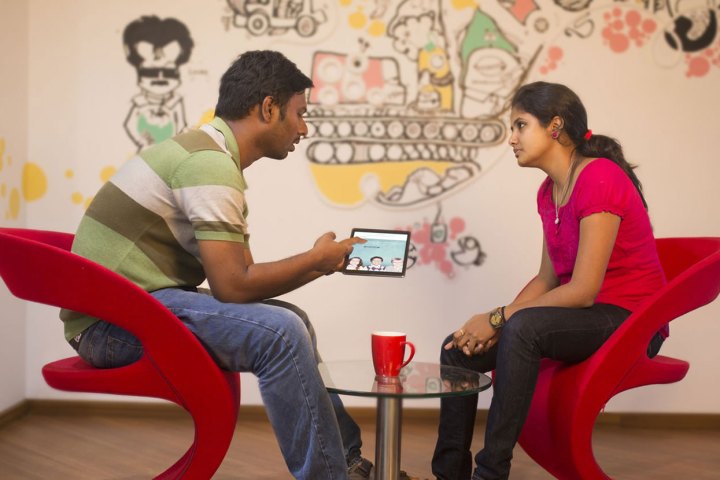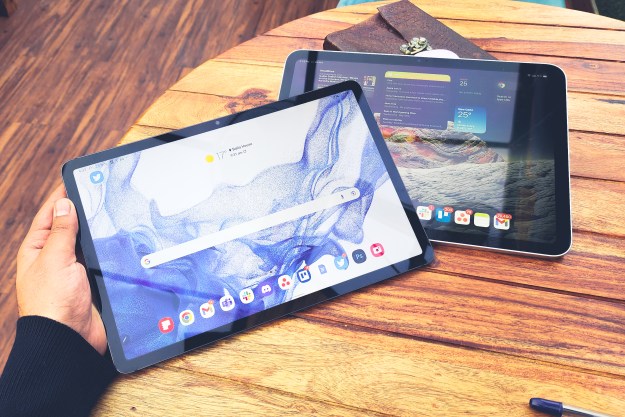
“With Tap to Translate you can copy text anywhere on your Android phone and instantly get the translation, right then and there — without ever leaving the app,” Google wrote in a related blog post. “No more copy/paste, no more app switching, just instant translations.”
Tap to Translate isn’t exactly new, per se. An early variation of it launched as part of the latest Google Translate app on Android 6.0 Marshmallow devices. Translate, however, by tapping into Marshmallow’s contextual selection functionality, can interpret individual words, phrases, or even paragraphs that you’ve highlighted within a given app. The translations appears in a dismissable pop-up on top of the app, and include the option to switch the translation language, and to play a computer-generated verbalization of the translation.
Google believes Tap to Translate’s launch elsewhere indicates that it will be well received by users in India. At the event in New Dehli, product management chief Caesar Sengupta said that many users in the region “translate between Hindi and English multiple times a day” and “[spend] lots of time copying messages from friends or colleagues, translating them, writing responses, translating their responses, and then pasting them back into an app.” Tap to Translate, he argued, could make the process dramatically simpler.
Tap to Translate will launch in India in 2016.
The concerted focus on India is part of Google’s emerging market strategy, and it views the nation as a sort of testing ground for new technologies that, if proven successful there, can be introduced in and scaled to developing nations elsewhere.
“We’ve realized that when we build products for India, they eventually make their way to a global scale,” said executive Sundar Pichai. “Given that India is on the cutting edge of the mobile revolution, we think that what we build in India will apply to many, many places.”
Tap to Translate is far from Google’s only India-first mobile feature. In the past year, it’s launched streamlined search, a sped-up, stripped-down Google search interface for slow cellular connections; Map Maker, a tool which crowd-sources the location of landmarks, businesses, and roads in Google Maps; an Indic Keyboard for Android, a virtual keypad that supports 11 languages and native scripts; and offline access for YouTube, Translate, and Maps. And Google’s bolstering connectivity in the region, as well. Next year, it’ll introduce Wi-Fi at hundreds of train stations across India, and will launch Project Loon, the company’s balloon-based mobile network, in conjunction with regional telecom operators.
The feature push has another motive: to bolster Google’s low-cost Android One smartphone program. The program, which sees Google partner with local handset makers to produce inexpensive (between $50 to $100)
Editors' Recommendations
- Google just released the first Android 15 beta. Here’s what’s new
- Google just announced Android 15. Here’s everything that’s new
- Google is launching a powerful new AI app for your Android phone
- Google just announced 9 new features for your Android phone and watch
- When is my phone getting Android 13? Google, Samsung, OnePlus, and more

